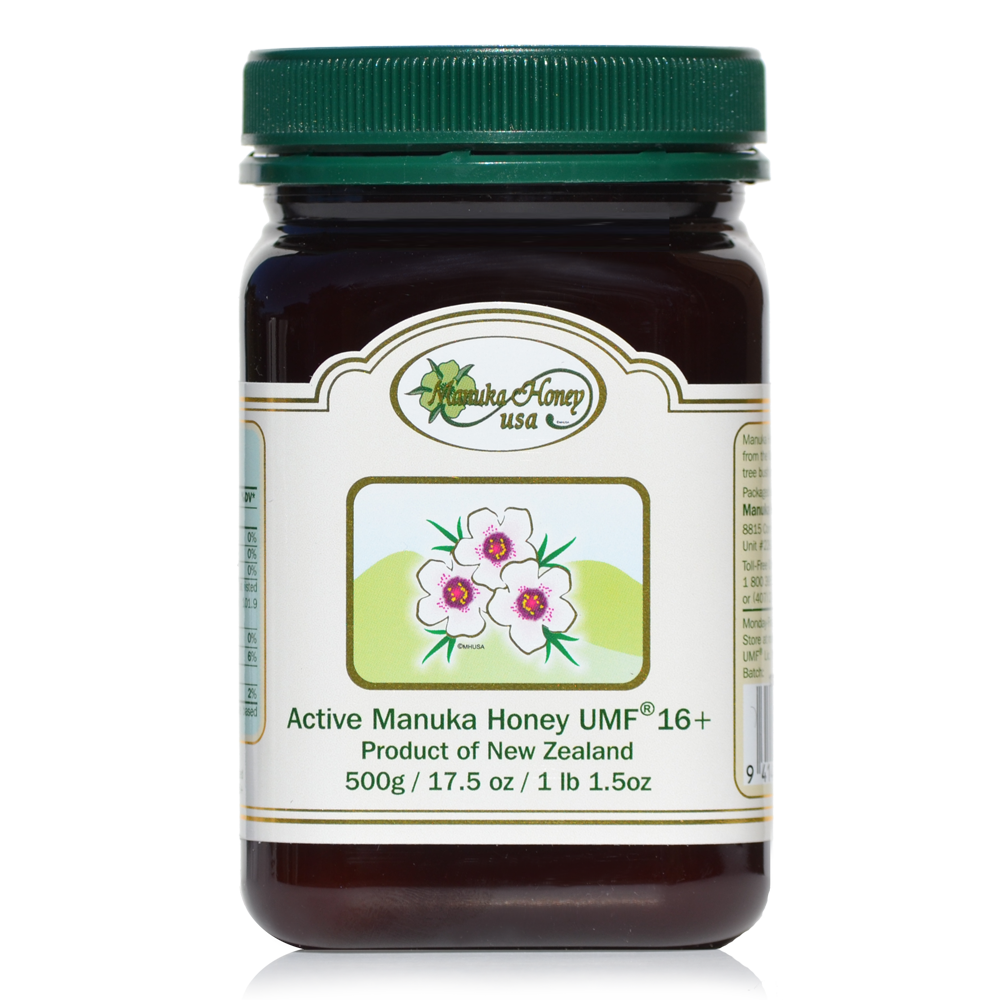Manuka Honey: The Basic Buyers Guide
May 24, 2015
Manuka Honey , Honey, Raw Honey
What You Should Know Before Buying Manuka Honey
Manuka honey is a specific type of honey that comes exclusively from New Zealand. This honey contains active enzymes that are often very sought after. Bees collect nectar solely from the flowers of the Manuka Bush which grows in New Zealand. Although this bush has many close relatives - the Australian Tea Tree and Jellybush - true Manuka honey is only created from the nectar of the Manuka Bush. Native people, the Maori, have used this enzyme packed honey for centuries for a variety of different purposes.
How Manuka Honey is Made
Manuka Bush plantations are found in the remote areas of New Zealand on both its North and South Islands. Manuka honey is most often harvested between December and March since the seasons in the Southern Hemisphere are opposite of those in the north. Once the bees have collected the nectar from the Manuka Bush and the honey has been made, beekeepers harvest the honey from beehives. Once collected, the Manuka honey will be independently tested to determine the enzyme activity level.
The UMF, or “Unique Manuka Factor,” rating of honey directly off the plant is usually between 10+ and 18+, which means that honey with lower UMF ratings are in good abundance. In order to harvest Manuka honey with a UMF rating of between 20+ and 25+, beekeepers will usually leave the honey stored in warehouses for between one and two years to allow the enzyme levels to increase and become more active. At this time, the Manuka honey will be retested and bottled according to its rating.
How Manuka Honey Tastes
We usually consider honey to be a sweet, sticky food that we use for many different purposes – adding to tea, spreading on toast, and even in some pastry or cake recipes. Manuka honey is different from other types of honey in that it is much thicker than traditional honey and does not have the usual overly sweet taste. The difference in the taste of Manuka honey will vary from one plantation to the next, depending on the geographical area in which Manuka Bushes are located and the honey was harvested.
For example, Manuka honey that is harvested on New Zealand’s North Island tends to have a fuller and richer flavor where honey harvested on South Island has a creamier texture and sweeter taste. The main reason for these taste differences is the differences in the soil in which the Manuka Bush grows in. Other environmental factors such as how long the bush has flowered, how many flowers it has produced, and how much rain the area has received also play a major role in the flavor profile of the honey.


.jpg)




